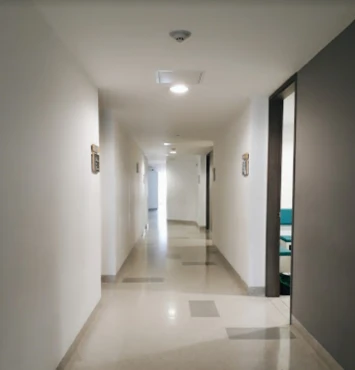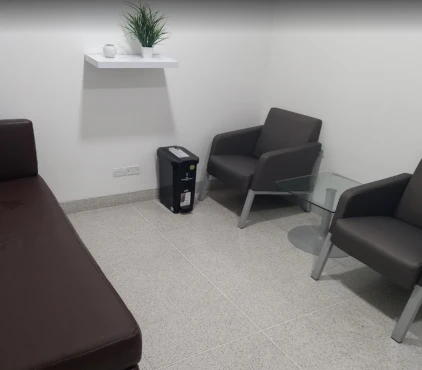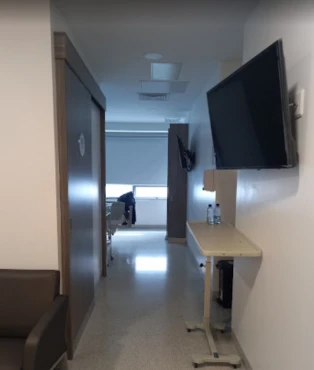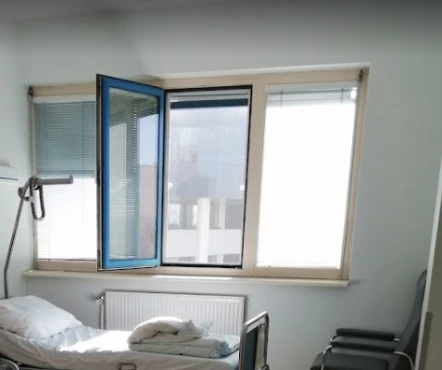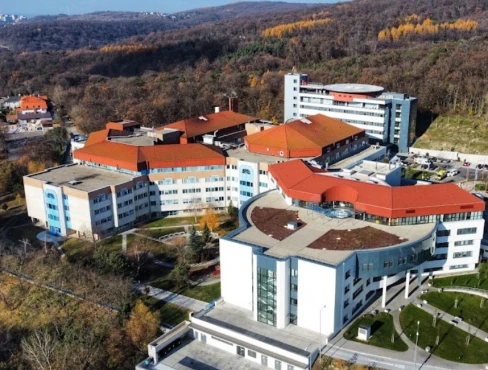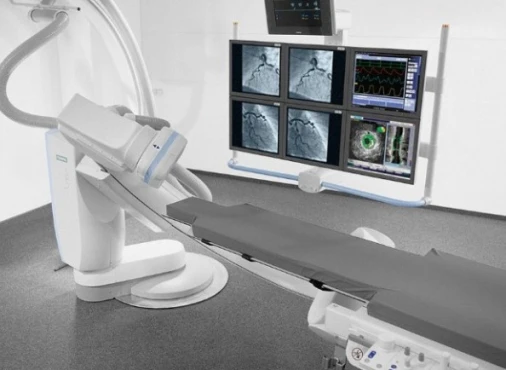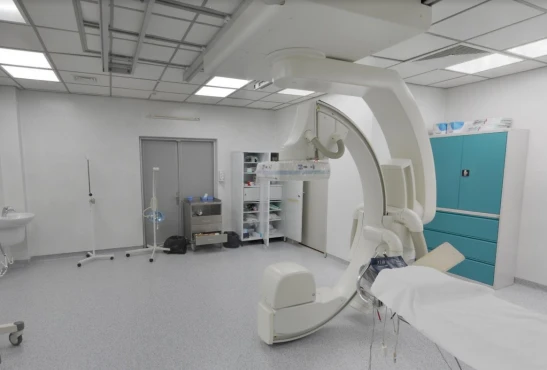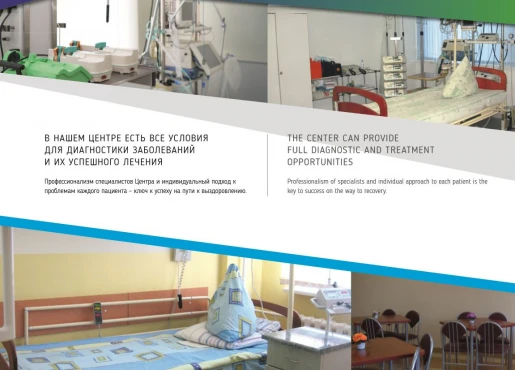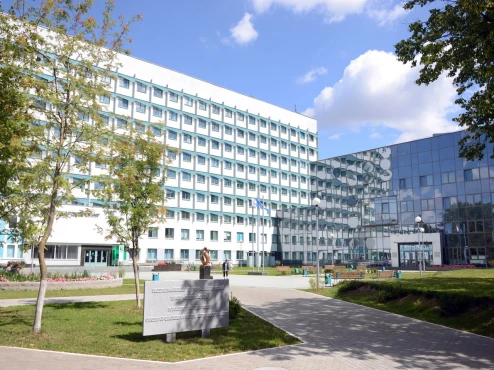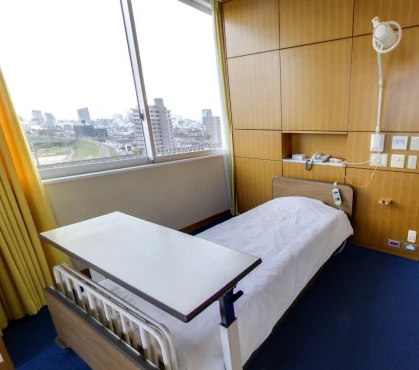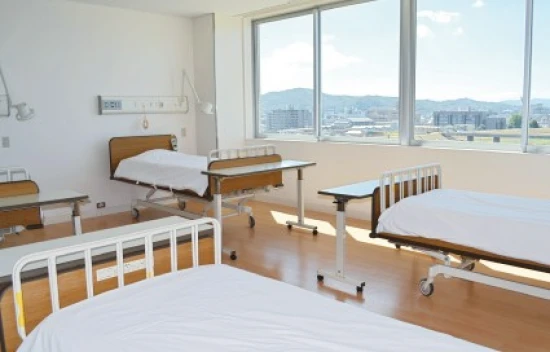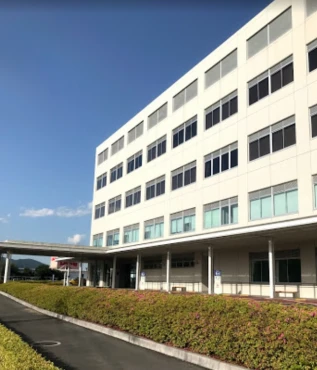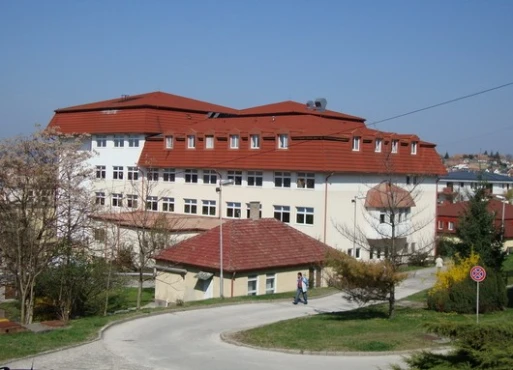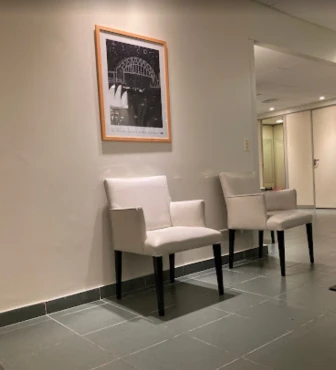Disease Types & Epidemiology
How common is the benign prostatic hyperplasia?
Benign prostatic hyperplasia (BPH) is a widespread condition that affects the prostate gland in aging men. The prostate, a small gland beneath the bladder, encircles the urethra, the tube through which urine leaves the body. BPH entails the enlargement of the prostate gland, which can result in urinary symptoms by compressing the urethra and obstructing urine flow. Importantly, BPH is a non-cancerous condition and does not increase the risk of prostate cancer. According to the American Urological Association, BPH impacts around 50% of men aged 51-60 [AUA, 2023].
The National Institute of Diabetes and Digestive and Kidney Diseases [NIDDK, 2023] reports that the prevalence of benign prostatic hyperplasia (BPH) increases with age:
- By age 60, about 50% of men show signs of BPH in their medical tests.
- By age 85, around 90% of men have this condition.
- Symptomatic BPH, which causes noticeable urinary problems, affects roughly 30% of men aged 50 and older.
Causes & Risk Factors
What is the primary issue of benign prostatic hyperplasia?
The exact cause of benign prostatic hyperplasia (BPH) remains unclear, but various factors appear to contribute to its development. As men age, their risk of developing BPH increases. Changes in the balance of sex hormones, such as testosterone and estrogen, are believed to play a role in the condition. Furthermore, men with a family history of prostate problems are more susceptible to BPH. Lifestyle factors, including obesity, lack of physical activity, and certain dietary habits, may also increase the likelihood of developing this common condition.
Clinical Manifestation & Symptoms
What signs should one anticipate while suspecting benign prostatic hyperplasia?
The common symptoms of benign prostatic hyperplasia (BPH) may include:
- Needing to urinate frequently, especially at night
- A sudden, strong urge to urinate
- Trouble starting the urine stream
- A weak or interrupted urine flow
- Dribbling at the end of urination
- Feeling like the bladder is not completely emptied
These symptoms can significantly affect one's quality of life and may lead to potential complications if left unmanaged.
Diagnostic Route
When, where, and how should benign prostatic hyperplasia be detected?
Diagnosing BPH involves several steps:
- The doctor reviews the patient's medical history and performs a physical exam, including a digital rectal exam, to check the size of the prostate.
- A urine sample is tested to rule out infection or other conditions (urinalysis).
- Prostate-specific antigen (PSA) blood test helps assess prostate health, while PSA levels can be elevated in both BPH and prostate cancer.
- Uroflowmetry measures the strength and amount of urine flow to determine the degree of blockage.
- The postvoid residual volume test evaluates the amount of urine left in the bladder after urination, indicating how well the bladder empties.
- Ultrasound or MRI may be used to assess the prostate and urinary tract via imaging.
Treatment Approaches
What are the options for managing benign prostatic hyperplasia?
Benign prostatic hyperplasia (BPH) treatment is tailored to the individual's symptoms and overall health. Many options are available, including lifestyle adjustments, medications, minimally invasive procedures, and surgery [Cancer.gov, 2023].
For those with milder symptoms, lifestyle changes can be very effective. This may involve managing fluid intake, especially in the evenings, to minimize nighttime urination. Additionally, avoiding bladder irritants like caffeine and alcohol, as well as practicing bladder training techniques such as timed urination and pelvic floor exercises, can help manage the symptoms of BPH.
Medications treatment
Medications are another essential aspect of managing benign prostatic hyperplasia (BPH). Alpha-blockers, such as tamsulosin, alfuzosin, and doxazosin, work by relaxing the muscles in the bladder neck, and prostate, making it easier to urinate. Around 70% of men experience symptom improvement with these medications, although side effects like dizziness, headaches, and fatigue can occur.
Another class of medications is 5-alpha reductase inhibitors, which reduce the size of the prostate by blocking the hormone responsible for its growth. Finasteride and dutasteride are examples of these drugs, and they can shrink the prostate by around 25% and improve symptoms over 6-12 months. However, these medications may also lead to side effects like reduced libido, erectile dysfunction, and breast tenderness.
For some men, combining alpha-blockers and 5-alpha reductase inhibitors, such as tamsulosin and dutasteride, can be even more effective, with up to 80% of patients experiencing significant symptom relief.
Surgical Treatment
For men with BPH, there are several minimally invasive treatment options available. Transurethral resection of the prostate (TURP) is considered the gold standard surgical procedure, where the doctor removes excess prostate tissue through the urethra. TURP is highly effective, providing symptom relief for 80-90% of patients, but it does carry some risks like bleeding, infection, and retrograde ejaculation.
Another option is laser therapy, which uses high-energy lasers to either remove or shrink the prostate tissue. Procedures like holmium laser enucleation and photoselective vaporization of the prostate have shown excellent results, with 70-90% of men experiencing improved symptoms. These laser treatments tend to have a lower risk of bleeding than TURP.
The UroLift system is a unique minimally invasive approach that involves placing small implants to hold the prostate tissue away from the urethra, relieving the obstruction. This procedure can provide rapid symptom relief for about 70% of patients and has the advantage of a quick recovery time and preservation of sexual function.
For significant prostate mass larger than 80 ml, an open or robot-assisted prostatectomy may be necessary. These procedures are highly effective, with a success rate of over 90%. However, they carry a higher risk of complications such as incontinence and erectile dysfunction compared to minimally invasive procedures.
Prognosis & Follow-up
How does cutting-edge science improve the quality of life for those with benign prostatic hyperplasia?
Benign prostatic hyperplasia (BPH) is a treatable condition, with a range of practical management options available. Most men who receive appropriate treatment experience marked improvements in their symptoms and overall quality of life. Complications such as urinary retention, recurring urinary tract infections, and bladder stones are relatively uncommon when the condition is appropriately managed.
Regular follow-up appointments are essential to monitor the effectiveness of treatment and manage any potential complications. This typically involves:
- During the first year after treatment, appointments every 3-6 months to assess symptoms and conduct physical exams.
- After the first year, annual appointments focus on long-term symptom management and monitoring for complications.
- Periodic PSA tests may be recommended to monitor prostate health every year.
Each visit will likely include a review of symptoms, a physical examination, and potentially additional tests like uroflowmetry or checking the amount of urine remaining in the bladder.





















